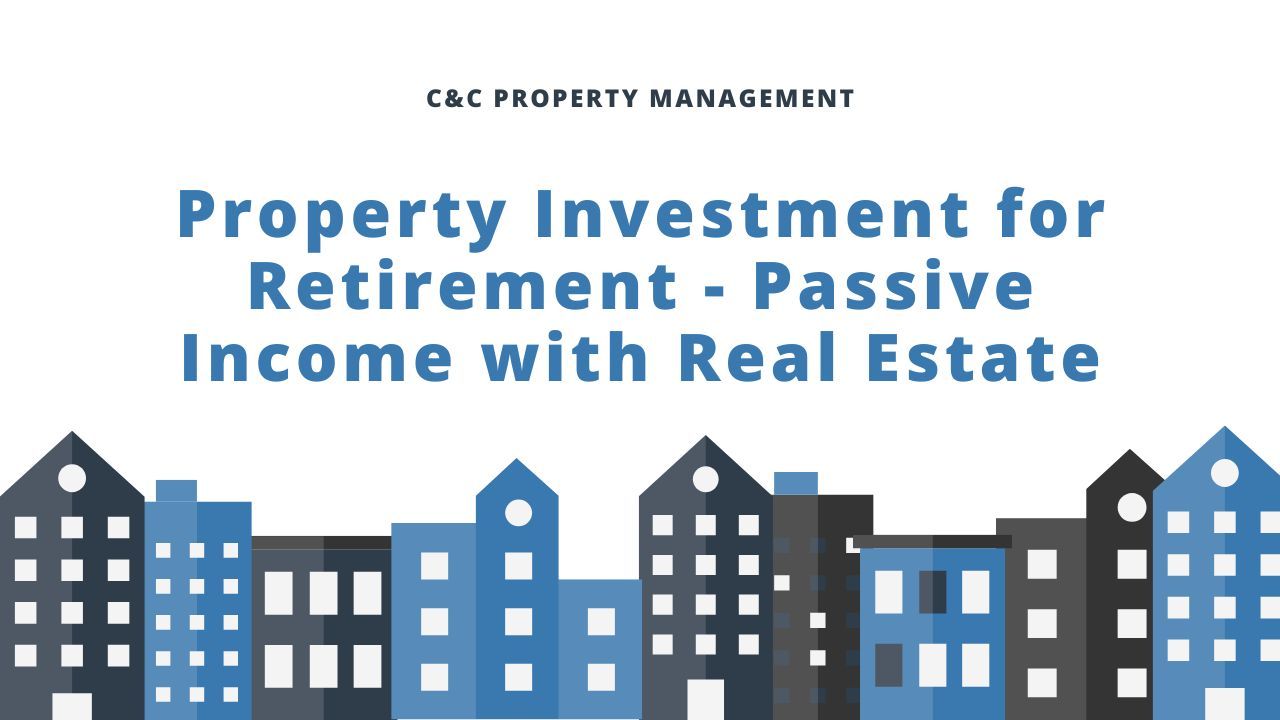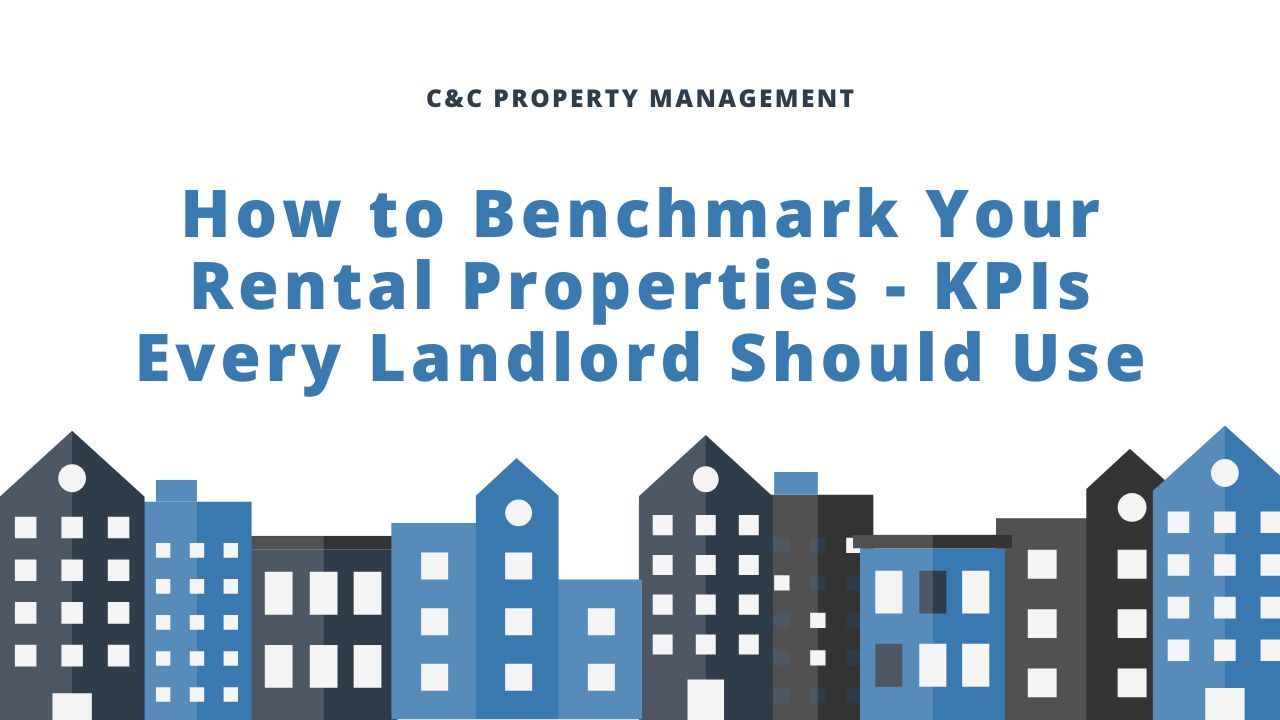What to Include in a Rental Agreement
When renting out a property, it’s important to clarify what rules you and your tenant will follow. This is key to draft and agreement that helps you avoid potential conflicts later down the road. And this is where a rental agreement comes in! This legal document can help you set out both parties’ rights and responsibilities. All residential rental agreements, regardless of their duration or the property type, cover certain basic terms. Here is what to include in a rental agreement:
1. Names of All Adult Tenants
Require all adult tenants living in the unit to sign the rental agreement. This is regardless of their marital status. This will ensure that everyone living in the property is contractually obligated to abide by its terms. If any of the tenants, for instance, violates a lease term, you could hold them jointly responsible. This means that if one of the tenants fails to pay rent or causes negligent property damage, you could potentially seek compensation from one or all of the tenants.
2. Guest Policy
Your rental agreement should have a guest policy. And while you cannot prohibit a tenant from having guests over, you can limit how much time they can stay. A well-defined guest policy must contain certain essential items to help prevent possible misunderstandings.

Begin by defining who exactly is a guest. Usually, this includes friends, family members, or business associates. Next, specify the length of stay. Please note that in California, guests can become tenants after staying consecutively for 14 days within 6 months, or just 7 nights in a row. As such, make sure to specify a shorter time to prevent potential issues later. Residential landlords may also want to set clear expectations for guests living with their tenant. For instance, adherence to noise regulations, compliance with house rules, and respect for common areas.
3. Length of Tenancy
Be specific on when the tenant must move out of the unit. This is especially important in fixed-term tenancies which usually run between 6 months and a year. Make sure the tenant knows exactly when their lease term will end and what steps must be taken to either renew or terminate it.
Defined lease term also help prevent issues of holdover tenants. A holdover tenant is someone who stays in a rental unit after the lease has expired. And if you’ve had a difficult tenant, the last thing you’d want is to continue having them around. Also, removing a holdover tenant may not be easy. You may have to go through the proper eviction process to remove them, which may cost you time and money.

4. Rent Details
Just mentioning the rent amount in your lease is usually not enough. Specify other details as well, such as the grace period, late fees, acceptable payment methods, and any charges if a rent check bounces. Be sure to abide by California landlord-tenant laws when doing so. The following are some things to keep in mind:
- You have a right to provide or not provide a grace period.
- There is no limit to how much late fees you can charge. It must be reasonable, however.
- You must accept at least one other form of rent payment aside from cash and electronic funds transfer.
- You must provide a rent receipt upon request.
- Also, should you need to raise the rent price at some point, make sure to follow the state’s rent control laws.
5. Security Deposit and Other Fees
The returning of security deposits can be the cause of friction in a landlord-tenant relationship. That’s why you should try to be as clear as possible in the lease to avoid confusion and even legal hassles. The following are some things to include in the clause:
- The dollar amount of the security deposit. In California, this amount must not exceed the equivalent of one month’s rent.
- The timeframe for its return after the tenant leaves. You must refund it either partially or wholly within 21 days after the tenant leaves.
- The acceptable deductions you can make. This usually includes things like unpaid rent and utility bills, restoration costs, and damage exceeding normal wear and tear.

Note that California law doesn’t permit landlords to charge non-refundable deposits.
6. Entry Rules
As a landlord, you have a right to enter a tenant’s rented unit. However, you must do so in a way that doesn’t impact the tenant’s right to privacy. You must have a legitimate reason for entry, do so during normal working hours, and notify the tenant beforehand. Specifically, in California, you must notify the tenant at least 24 hours beforehand.
7. Responsibility for Repairs & Maintenance
Repairs and maintenance are a shared responsibility between landlords and tenants. But while you may know your legal obligations, the tenant may not.
Resultantly, this can lead to issues. To avoid possible confusion and conflict, make sure to set out both parties’ rights and responsibilities. The California landlord-tenant law grants tenants the following responsibilities:
- Keeping the unit clean, sanitary, and habitable.
- Keeping fixtures clean and sanitary, and using them reasonably and for their intended purposes.
- Making small repairs like changing lightbulbs.
But generally, as a landlord, most of the repairs and maintenance responsibilities will squarely fall on you. State law requires that a landlord maintain a unit’s safety and habitability. This also includes making requested repairs within 30 days of getting notified. It is also recommended that a landlord outlines what is expected as "normal wear and tear".
Bottom Line
These are the 7 basic things that every rental agreement should include. That said, drafting a clear and comprehensive lease agreement requires a lot of time, effort and industry knowledge. For expert help in drafting a custom lease agreement, hire C&C Property Management. We are a full-service property management company dedicated to improving investment returns in residential real estate. Get in touch to learn more!








